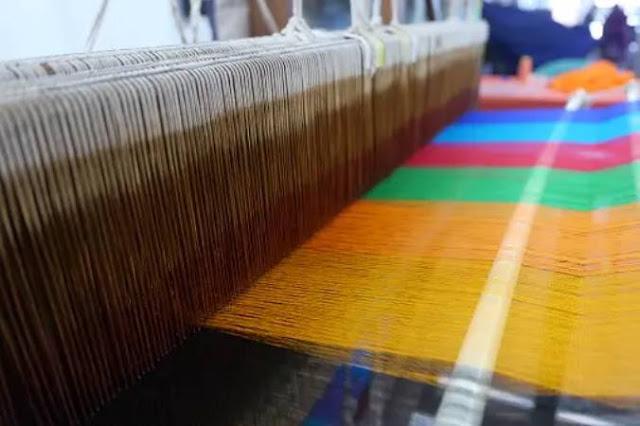A Comprehensive Guide to Understanding Textile Dyes and Their Different Uses

From the various types of dyes to be had to their programs inside the fashion enterprise, we've were given it all protected. We can even discuss the environmental effect of fabric dyeing, its effect on human health, and how closed-loop production can help mitigate these influences.
Additionally, we can delve into certification standards for fabric dyes, precautions to take whilst using them, herbal dye alternatives, special pigments utilized in fabric dyes toxicity ranges of various fabric dyes, and washing and being concerned for dyed garments. We additionally have an expert opinion from our author [Author Name] on fabric dyes and their uses. So sit returned and read directly to come to be a pro in knowledge fabric dyes!
What are Textile Dyes?
Textile dyes are chemical substances that upload color to fabric and textiles. They are available in both natural and synthetic forms and may be applied thru different techniques. Dyes can be categorized based on their composition and application approach, however their use has a excellent impact on the surroundings. The enterprise is more and more prioritizing sustainable dyeing practices.
Types of Textile Dyes
There are different types of fabric dyes that change based totally on their chemical composition and application methods.
For specific classifications, please discuss with the dye category beneath:
1. Acid dyes: Primarily suitable for protein fibers, nylon, and silk, amongst others. They are recognised for their vibrant colours but have bad shade fastness to water washing. However, they exhibit superb dry cleaning fastness and are widely utilized in natural dyeing.
2. Cationic dyes (Basic dyes): Suited for acrylic, polyester, nylon, cellulose, and protein fibers. These dyes provide brilliant colorations and are nicely-appropriate for artificial fibers. However, they have got poor shade fastness to water washing and light, especially while used on natural cellulose and protein fabric.
3. Direct dyes: Ideal for cellulose fiber fabrics. They have especially poor shade fastness to water washing and varying light fastness. However, modified direct dyes can extensively enhance their colour fastness to water washing.
Four. Disperse dyes: Suitable for viscose, acrylic, nylon, polyester, and comparable fibers. They exhibit various coloration fastness to water washing, with better effects on polyester and poorer outcomes on viscose.
5. Azo dyes (Naphthol dyes): Suitable for cellulose fabrics, imparting vivid and vibrant colours.
6. Reactive dyes: Mostly used on cellulose fiber fabrics and much less typically on protein fibers. They are acknowledged for their vibrant hues, desirable light fastness, and notable water washing and rubbing fastness.
7. Sulfur dyes: Suitable for cellulose fiber fabrics, those dyes provide stupid and dark shades which includes navy blue, black, and brown. They exhibit great light and water washing fastness however bad chlorine bleaching fastness. Prolonged garage of fabric dyed with sulfur dyes can motive fiber harm.
Eight. Vat dyes: Suited for cellulose fiber fabric, these dyes offer awesome light and water washing fastness, as well as resistance to chlorine bleaching and different oxidative bleaching retailers
read more :- vigorbusiness



Comments